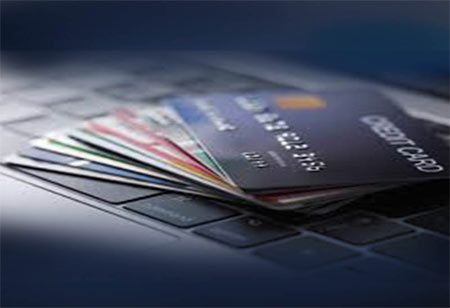THANK YOU FOR SUBSCRIBING

By
Banking CIO Outlook | Tuesday, October 31, 2023
Stay ahead of the industry with exclusive feature stories on the top companies, expert insights and the latest news delivered straight to your inbox. Subscribe today.
Discusses the significant trends in the new payment method, Buy Now Pay Later, and how it is helping customers in the payment process.
FREMONT, CA: The Buy Now Pay Later (BNPL) trend is sweeping Europe and enticing Gen Z and millennial consumers to open their wallets. This type of payment has surged in acceptance, making it one of the payment landscape's fastest-growing trends in the area. BNPL provides consumers an easy option to spread out payments and get credit without the cost-related hassles of conventional credit cards. But when customers can spread out the expense over time, they are more likely to make purchases, leading to increased sales for shops that provide BNPL. Convenience has made this payment method popular, particularly with younger customers.
Customers can select BNPL services in addition to credit cards and other payment options because they are smoothly integrated into the payment process. Customers choose a BNPL provider while completing a purchase, which takes them to the provider's website or app to register for an account or log in. Before purchasing, customers select their chosen repayment option, frequently selecting biweekly or monthly instalments.
Customers pay their instalments directly to the BNPL supplier, while merchants get paid upfront. Importantly, clients frequently pay no interest or other costs when they complete their payments on time.
European BNPL Market Volume
The BNPL market in Europe will continue to grow strongly. BNPL payments are anticipated to increase rapidly between 2023 and 2028, with a compound annual growth rate (CAGR) of 11.4 per cent. Consumers still like BNPL despite growing concerns that it would result in bad debt. For instance, 12 per cent of internet sales in the UK in January 2023 were made possible by BNPL. Additionally, 58 per cent of British consumers think point-of-sale financing can help them manage their finances. However, it's important to note that B2B BNPL innovation has advanced more slowly than expected, partly because B2B payments are complicated. However, there is a growing demand for B2B BNPL solutions.
Europe-based BNPL providers are actively raising fundraising rounds to maintain their growth momentum and increase their presence in the area. Businesses across European industries have faced difficulties due to the macroeconomic environment. Additionally, rising interest rates have increased the cost of acquiring finance for small and medium-sized businesses (SMEs). To access working capital for funding inventories and other operational needs, firms are increasingly resorting to B2B BNPL platforms.
Businesses increasingly acknowledge BNPL as a possible instrument for increasing client engagement, ultimately leading to higher revenue and sales. More businesses are anticipated to embrace BNPL plans and embedded BNPL solutions in the upcoming years as BNPL becomes an essential component of business strategies. Over the next three to four years, this trend is projected to increase the value and quantity of in-store BNPL transactions, contributing to the market's overall expansion.
THANK YOU FOR SUBSCRIBING
Be first to read the latest tech news, Industry Leader's Insights, and CIO interviews of medium and large enterprises exclusively from Banking CIO Outlook
I agree We use cookies on this website to enhance your user experience. By clicking any link on this page you are giving your consent for us to set cookies. More info



